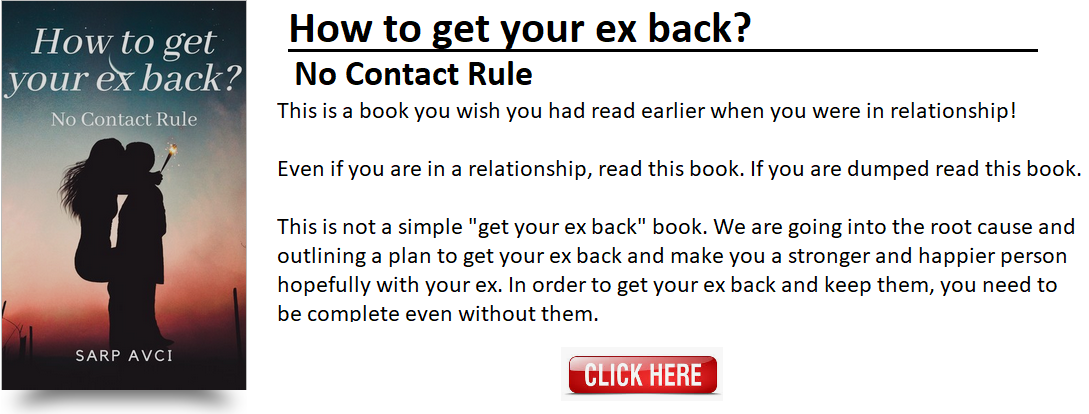Accommodation in Singapore is quite expensive especially for a short term visit. If you are looking for a cheap room / flat rental you have limited alternatives and when you browse classified ads in internet, you will likely come accross some short term HDB room rental or flat rental advertisements.
Can a foreigner rent HDB? The answer is yes if you are a valid visa holder. So the answer for this common question, can you rent hdb on tourist visa, is simply no! It is illegal for a tourist to rent HDB room or flat! Only the following are eligible to rent an HDB room or flat:
Can a foreigner rent HDB? The answer is yes if you are a valid visa holder. So the answer for this common question, can you rent hdb on tourist visa, is simply no! It is illegal for a tourist to rent HDB room or flat! Only the following are eligible to rent an HDB room or flat:
- Singapore citizens
- Singapore permanent residents
- Employment Pass holders
- S Pass holders.
- Work Permits (Construction workers who are Work Permit holders should be Malaysians)
- Student Pass holders,
- Dependant Pass holders,
- Professional Visit Pass holders,
- Long Term Social Visit Pass holders (6 months and above).
Still there are some flat owners carrying out this illegal business. Here is an article on the topic HDB flat owners turn hoteliers:
A room in Bukit Batok advertised on a website. Often these ads target tourists – a move which the HDB says is an infringement of the lease and could lead to a fine or even a compulsory acquisition of the flat.
ROOMS in some Housing Board (HDB) flats are being marketed like hotel rooms to tourists looking to save money on accommodation.
About 50 posts can be found in room rental and classifieds sites online, offering such rooms. As
with hotels, rates are higher on weekends. Housekeeping is available, for an extra fee, as is an airport pick-up.
Tourists on short-term visits have their pick of rooms across the island – from Kallang and Geylang to Jurong and Sengkang. The posts state the location, ‘room rate’ and facilities; some even come with photographs to give interested parties a preview.
The problem: It is all illegal.
When contacted, HDB said its flats are not to be let out to tourists, and home owners who do this risk being fined and served compulsory acquisition orders.
The spokesman said the board has received queries from flat owners about subletting rooms to tourists, but has advised them against doing it.
"A tourist’s length of stay is usually short, and the turnover of such 'occupiers' is expected to be high. This may lead to high human traffic to and from the flat, which will disrupt the pleasant living environment and ambience in our HDB estates," the spokesman said.
So what are your alternatives? If you are looking for cheap short term rentals rooms and apartments in Singapore, you can check out our article here. As I have previously written Cheap Singapore Hotels - Geylang Area article, there are hotels for around 50 SGD per night around Geylang area. Prices goes up to 80-100 SGD range once you go out this area.
A quick Hotels Combined Search showing cheap Singapore hotels
Backpacker hostel is another option. Most of these hostels have 1 or 2 private rooms along side the dorms for rent for 60-70 SGD per night. I quite like Fern Loft, its Chinatown hostel is very well located and in my opinion its East Cost hostel is the best in the town.
For 100 SGD - 150 SGD per night range Victoria Hotel has a very good rating. Metropolitan YMCA is another option which is a little off Orchard Road and is a quaint little retreat surrounded by greenery.
For the hostels in Singapore see Hostels in Singapore article.
See also Average HDB Rental Prices and 1+1 HDB for Rent Are Not For Foreigners articles.
For 100 SGD - 150 SGD per night range Victoria Hotel has a very good rating. Metropolitan YMCA is another option which is a little off Orchard Road and is a quaint little retreat surrounded by greenery.
For the hostels in Singapore see Hostels in Singapore article.
See also Average HDB Rental Prices and 1+1 HDB for Rent Are Not For Foreigners articles.
















